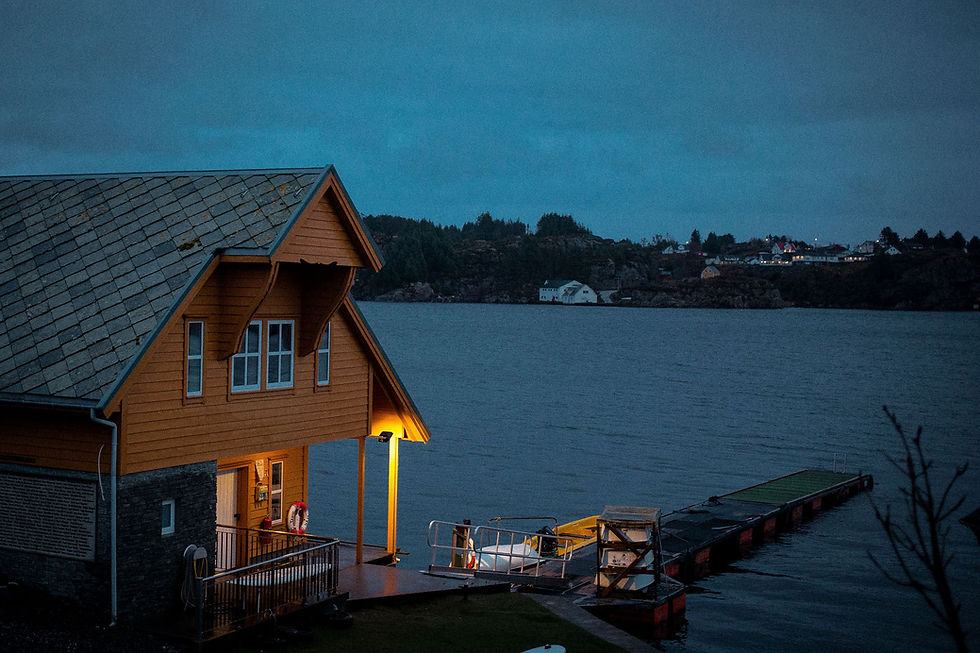How to Prevent Your Pipes From Freezing
- Tempurtech Admin
- Feb 22, 2022
- 2 min read
The pipes in unheated interior spaces such as basements, attics, and garages are the most vulnerable. However, pipes that go through cupboards or through outside walls can also freeze.

When the weather drops, the risk of your pipes freezing and bursting increases dramatically. According to the Insurance Institute for Business and Home Safety, burst pipes are one of the most prevalent causes of property damage during cold weather, resulting in thousands of dollars in water damage.
Protect your pipes from freezing before the winter weather arrives by following these guidelines:
If there are water supply lines in the garage, keep the garage doors closed.
Allow warmer air to circulate around the plumbing by opening cabinet doors in the kitchen and bathroom.
Look for other spots around the house where water supply lines are installed in unheated regions. Look under the kitchen and bathroom cupboards, as well as in the garage. In certain areas, both hot and cold water lines should be insulated.

Try using UL-listed "heat tape," "heat wire," or similar materials to insulate exposed water pipes, such as a "pipe cover." Paper can provide some insulation and protection to exposed pipes – even a quarter-inch of sheet can provide significant protection in locations where temperatures are rarely or never below freezing.
Drain the water from the pool and sprinkler supply lines according to the manufacturer's or installer's instructions. Unless otherwise specified, do not use antifreeze in these lines. Antifreeze is damaging to the environment, as well as to humans, pets, animals, and gardening.
Hoses that have been used outside should be removed, drained, and stored. Close the interior valves that supply the hose bibs outside. Allow water to drain by opening the exterior hose bibs. Keep the outside valve open to allow any residual water in the pipe to expand without bursting it.

Attics, basements, and crawl spaces should all be insulated. Insulation will keep these regions at a higher temperature.
During the day and at night, keep the thermostat at the same temperature. You may suffer a higher heating expense if you temporarily cease the usage of lower evening temperatures, but you will avoid a considerably more costly repair work if pipes freeze and burst.
If you're going away during the winter, keep your house warm by setting the thermostat to no less than 55 degrees Fahrenheit.





Comments